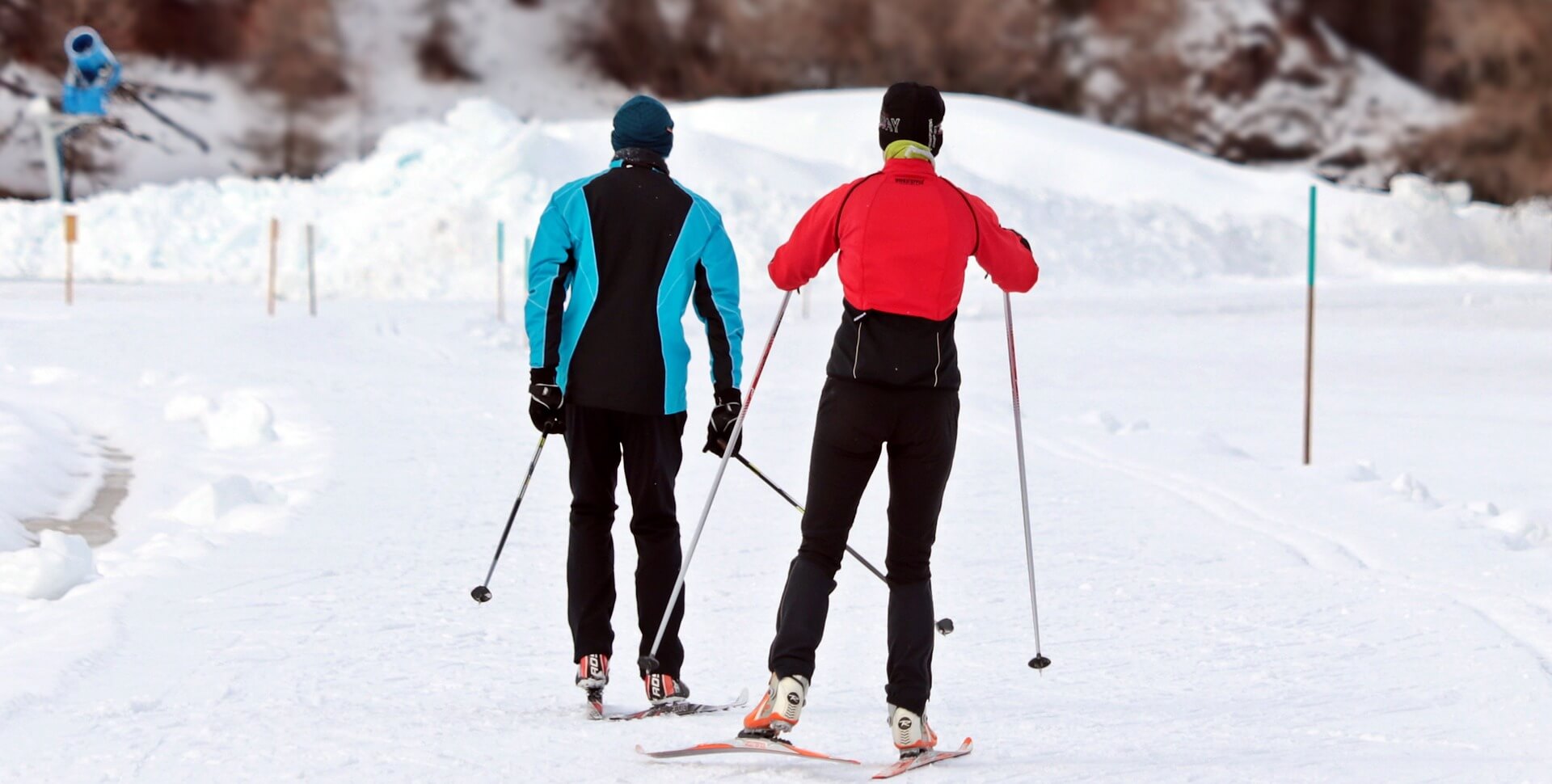Getting Fit in the New Year

As we enter a new year, many of us resolve to take better care of ourselves and become more active, but we often fall short due to lack of preparation. Fortunately, with the right tools on deck, proper planning and a support system in place, wellness and fitness goals are within reach.
Understand the Body
For beginners, the idea of committing to regular workouts might be overwhelming when uncertain of the body’s limits. Cardio based exercises, such as walking and cycling, are generally a safe starting point but can cause strain on muscles and joints that have not been continually engaged. So, for those joining a gym or increasing activity after a hiatus, it is wise to ease into a routine and evaluate what tools will provide necessary support and improve strength.
Though not as intensely as advanced workouts, cardio exercises do activate the core. For example, to get our hearts beating, many exercises involve bending, lifting and twisting. Since the core is the center of our structure, all movement passes through it.
While it is important to strengthen our core muscles, it is just as important, maybe more so, to stabilize our core structure. So, what is our core structure? While many used to think that the lumbar spine is the core, new research shows that it is the sacroiliac joint, or joints, as there are two of them, one on each side of the pelvis.
In every exercise, force comes up through the legs, through the sacroiliac joints in the pelvis, up the spine, and out the arms to power a club, bat, racquet, or tool. Likewise, power also transfers downward from the arms, through the trunk and pelvis, to the legs. The sacroiliac joints act as transducers by assessing incoming speed, direction, and acceleration of force, and coordinating muscular movements to ensure efficient muscular strength and synchronization to accomplish the task at hand.
Unfortunately, most people have some instability in their sacroiliac joints due to ligament weakness (e.g. sprain) through some injury earlier in life. From that point on, the nervous system directly influences muscles throughout the body to tighten or relax in a pattern to protect the sacroiliac joint. The imbalances that result may increase the likelihood of injury, either to the sacroiliac joint itself or other joints or muscles.
Putting safety first, by understanding proper form and wearing appropriate fitness gear, can truly make a difference. The Serola Sacroiliac Belt is a beneficial tool for both low impact and advanced workout sessions. By wearing the Serola Belt during exercise, the likelihood of further injury may be significantly reduced.
Make it Fun
Repeatedly performing the same types of exercise not only can cause fatigue to muscles and ligaments but can also get boring and become discouraging. One way to keep fitness fun is to incorporate seasonal activities in to your workout plans. Winter sports like skiing and snowboarding are more easily accessible this time of year and offer many health benefits as well. One thing to keep in mind, however, is that when skiing, or snowboarding downhill, especially on moguls, our core encounters a great deal of stress. Each time our legs encounter a bump, the stress is transferred to our core through our natural shock absorption system.
The sacroiliac ligaments must be strong enough to withstand two significant forces, body weight coming downward through the trunk, meeting ground reaction force coming upward through the legs. Larger bodies combined with larger bumps, or moguls, with increased speed, create larger shocks to our system. A significant increase in any of these factors can overcome our ligaments’ ability to withstand the stress and create instability. So, again, practicing safety is very important. The Serola Belt helps by acting like an external ligament and provides stability to our core structure; this allows the muscles to relax, work better (stronger), and reduces joint stiffness and pain.
Increasing activity is a resolution worth keeping. Prepare for success by consulting with your health care provider about a fitness plan that would best suit your needs and gear that can support your goals. Exploring mobile apps that offer workout plans, nutrition tracking, motivation, etc. may also be helpful.
To learn more about core stability please see my article on Core Stabilization and previous blog post as well on The Sacroiliac Joint as the body’s core.
Did this article interest you? Read even more articles like this one by going to our main Blog Page. Do you have any suggestions for topics or maybe have something you would like Dr. Serola to elaborate on? Contact us anytime and let us know or leave a comment below!

